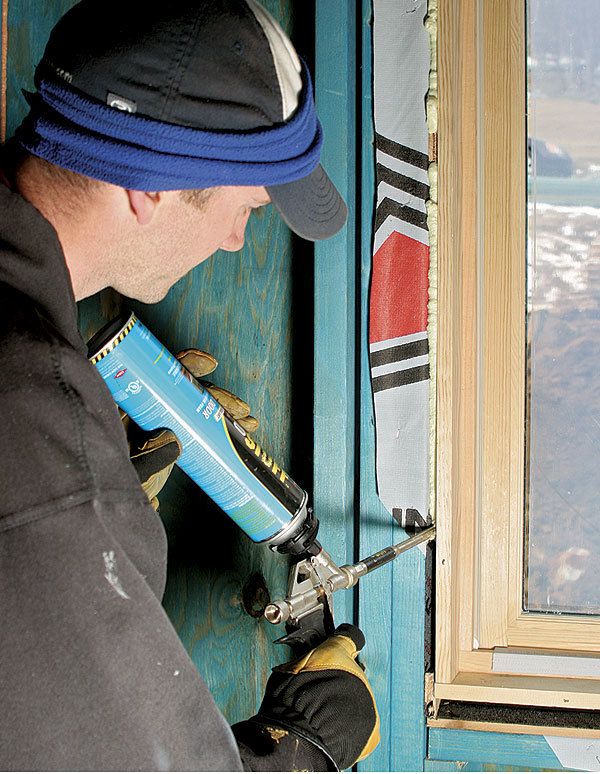
Chris Ermides
Q:
I live in Connecticut and recently had new-construction double-hung Andersen windows installed in my house. The installer stuffed batt insulation between the window and the framing before installing the interior window trim. I asked why he didn’t use spray-foam insulation, and the installer told me that it could expand and cause problems with the operation of the window. I thought spray foam was preferred as an air barrier and as a way to reduce energy loss.
Richard Groom, Hartford, CT
A:
Associate editor Rob Yagid replies: Unfortunately, the fiberglass insulation that was stuffed around the window frame isn’t going to prevent air from flowing in or out of your home. You’ve paid a lot of money for high-performance windows, and it’s a shame hat they were installed in a way that will contribute to energy losses. Some spray-foam products do expand so much that they can warp window frames, preventing the sashes from operating as smoothly as they should. However, several manufacturers produce low-expanding foam that eliminates this problem. Fomo’s Handi-Seal is one product that comes to mind (www.fomo.com). You can pick up similar products at local hardware stores.
The fix isn’t difficult, so if your installer refuses to come back and do it the right way, it’s not the end of the world. I don’t know your level of experience, but this is a project that you can surely take on yourself. A “Building Skills” article on removing and reusing trim (“Salvaging old trim for reuse,” FHB #178) might be of assistance. Pop the trim, remove the fiberglass, and spray in low-expansion foam. Then reinstall the trim, caulk it, and paint it.
Fine Homebuilding Recommended Products
Fine Homebuilding receives a commission for items purchased through links on this site, including Amazon Associates and other affiliate advertising programs.

Nitrile Work Gloves

Utility Knife

Respirator Mask






















